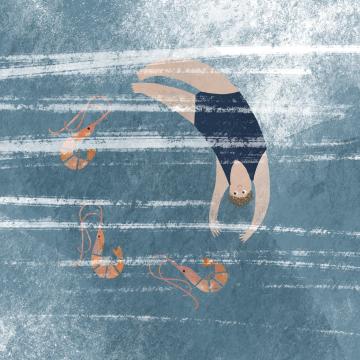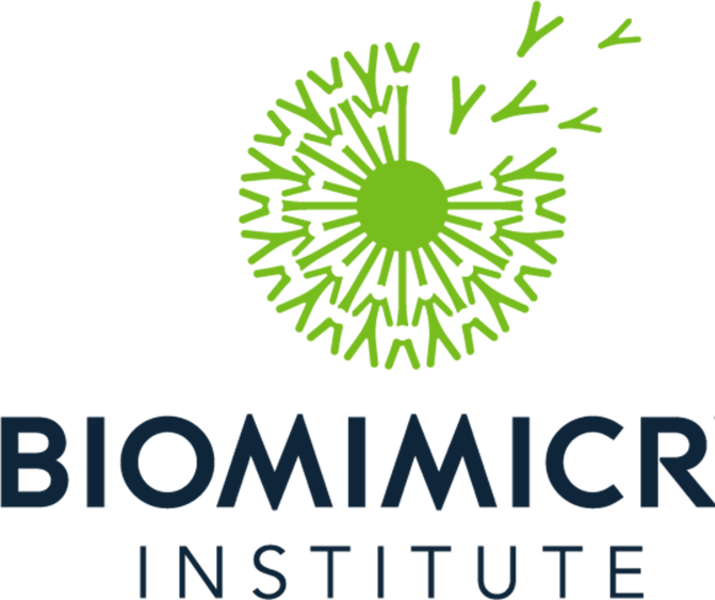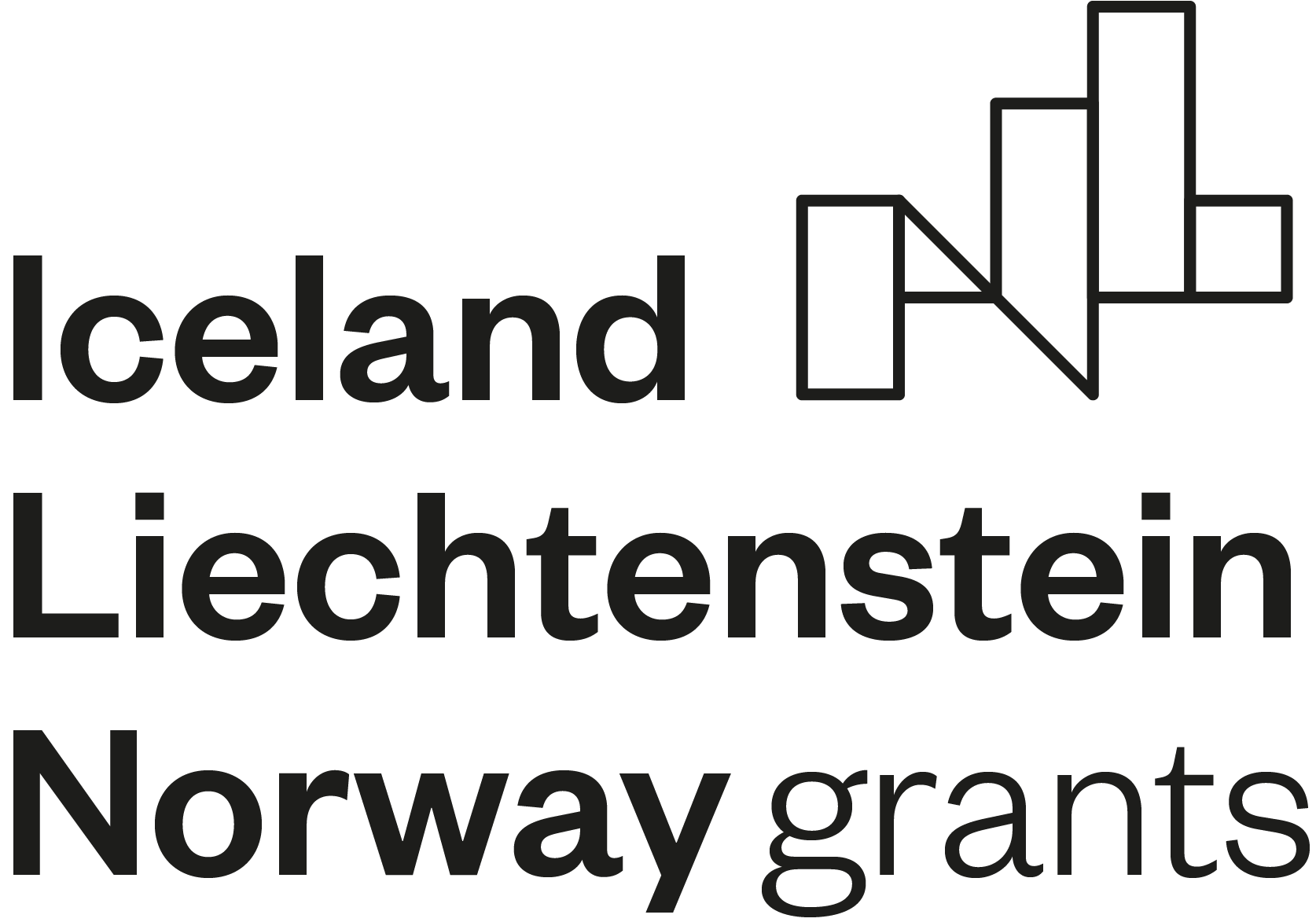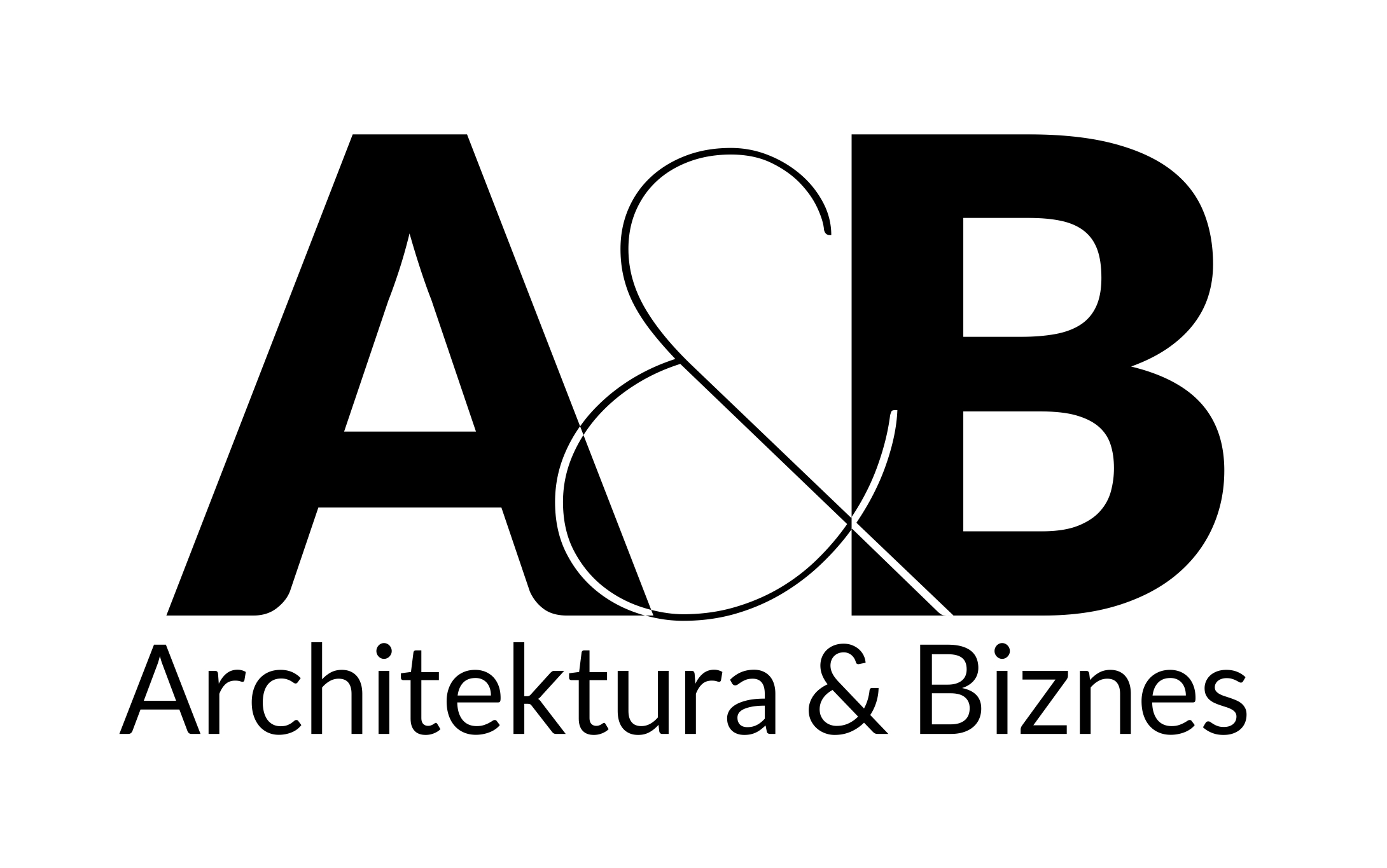
Maria Haberny - Biomimicry is the art of learning from nature
What would the world look like if we could listen to nature? How would we develop the ways civilisation has already discovered? We invite you to read a conversation between Maria Haberna [MH], a designer using Biomimicry, and Arkadiusz Klej [AK].
[AK] What is biomimicry and what made you interested in it?
[MH] Nature has always inspired me a lot. When I got into the creative and innovation industry, about two years ago I discovered The Biomimicry Institute, based in Montana, USA, which is the world's premier centre for biomimicry. I got into it and started taking a serious interest in it, taking more courses, making contacts. It is the most innovative thing I have found in recent times.
[AK] What biological mechanisms do you find most inspiring?
[MH] My current research interests include bioluminescence, which is the study of why and how elements of nature glow, how organisms communicate using light. I am also very fond of the Mantis Shrimp (Odontodactylus Scyllarus) also known as the 'boxing shrimp'. They have three pairs of eyes, see more colours than we do and can cook their victims by 'boxing' them to death.
[AK] How does this happen?
[MH] Such a shrimp has special limbs that it is able to swing very quickly and, when it finds a crab or other creature that is food for it, it generates energy similar to that on the surface of the sun and strikes it with all its strength. In this way it can, quite simply, cook its opponent. This cute little animal has, in addition to super strength, super speed and generally has the best developed eyesight on Earth, so it can be considered such an "alien" on our planet.
[AK] Have you used knowledge of Biomimicry in any art or creative project?
[MH] Recently, as part of a number of projects, I have been observing why animals and plants glow. I have used the results of this research in the Indigo project, which is based on bioluminescence. "Indigo was developed as the final project of my BIomimicry Practitioner studies in collaboration with Learn Biomimicry and Biomimicry South Africa.
Indigo is based on the observation and imitation of bioluminescence, and is aimed at therapy for children with autism and ADHD. In this project, we wanted to use the characteristics and purpose of different types of animal 'luminescence' and then 'translate' them into our human world - to show how we can communicate with light, how light can calm us, hypnotise us, just as it happens in nature with other creatures. Using these types of light communication, we have created a computer programme that we will now develop and that is intended to be used for the therapy of children with ADHD and autism, and maybe for more people with different problems: whether motor or just mental.
I also used Biomimicry in the design of an innovative space suit in a competition for ESA. It also proved useful in a group project at a NASA hackathon where, as an interdisciplinary team 'Space Pyra', we proposed growing tuberous plants in space. Technology development in space draws a great deal from biomimicry. An example of this is extremophiles, which thanks to their unique properties can survive very extreme temperatures as well as radiation and are able to survive without water for several years. This is why ESA, NASA as well as many space development start-ups are currently engaged in research on these fascinating creatures.

[AK] What are the biggest challenges at work in the context of educating about biomimicry?
[MH] I have spoken to designers who find such solutions very convincing because their form follows function. Design is about finding the best and most effective solutions that are friendly and useful to humans. What could be more functional than mechanisms developed by nature over the course of patient evolution for almost four billion years? Fostering an interest in and respect for nature from an early age is also an important theme. Children are very apt to observe and be inspired by what adults unfortunately no longer see.... I haven't talked to artists about this yet, but I know that they have been looking to nature for inspiration for years, so I think that for engineers, designers and artists alike, biomimicry is an inexhaustible source of ideas.
The forerunner of bio-mimicry is Ms Janine Benyus, who developed the term and founded The Biomimicry Institute, which is sort of where it all started. She started by publishing the book Biomimicry: Innovation Inspired by Nature, and then the subject spread around the world.

[AK] Have you had any opportunities to show this type of bomimicry work in front of a wider audience?
[MH] I've had a few lectures on biomimicry and I've noticed that the audiences reacted very positively and were interested. It's understandable because everyone is connected to nature, I just think we've forgotten that a bit these days. So if people see that something that's so natural, that's around them, can be useful for their work, can have such an impact on their work and there's some kind of... good in it, then they're surprised that you can combine it and live in harmony with it. Well, and it's worth using all these solutions that nature has already tested for almost 4 billion years in your work, in your industry.
[AK] What are your plans for the future when it comes to the topic of biomimicry?
[MH] I have recently set up the Biomimicry Poland foundation, which I want to develop. My aim is to integrate people who are involved in this subject in Poland, and to show how to use biomimicry at work - in my case, in design. I ask myself: how can I show this to students or people who are already working in the design industry, who are not yet familiar with the subject, and who might be very interested in it. I want to show how much can be drawn from nature and what a great impact it has on our psyche, our creativity, our health.
[AK] Where to look for information and inspiration in this area?
[MH] It is enough to observe nature: a forest, a coastal meadow..., to focus on something. Sometimes we "fly" through a forest, through a meadow, without paying attention to plants or insects. It's worth stopping and looking, even at a small piece of land, observing it for 20 or, for beginners, 10 minutes and seeing how much is happening there. I think it's best to immerse yourself in the experience with all your senses and slowly begin to see the natural world, which we don't pay enough attention to every day, and see how much inspiration it can give us.
If you are already looking for specific information, there are a lot of very cool books à propos, videos in various fields, websites. The Biomimicry Institute has a lot of material. Apart from that, they have their own page on YouTube, where they keep a lot of interesting videos and examples of the use of biomimicry. You can also find various conferences, meetings there. I would also recommend another site - asknature.org, which has ready-made solutions that you can use. So, the best way to start is to go out into the woods and let your senses explore what is happening in nature, and if this somehow draws someone in like it did me - I refer you to the materials mentioned.











